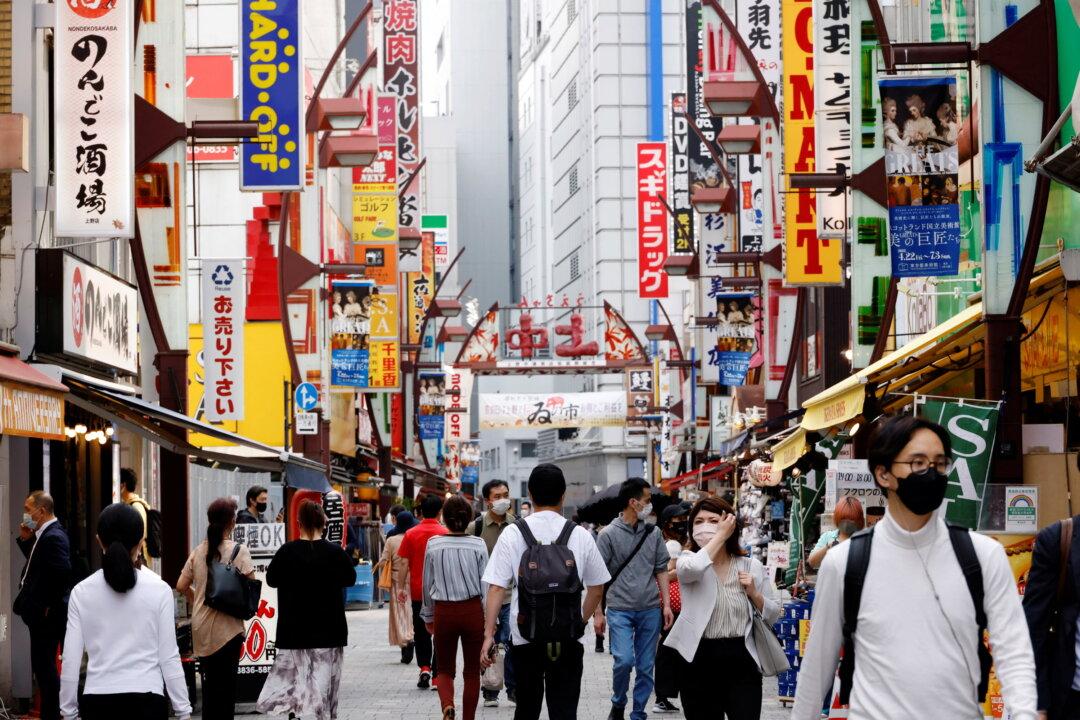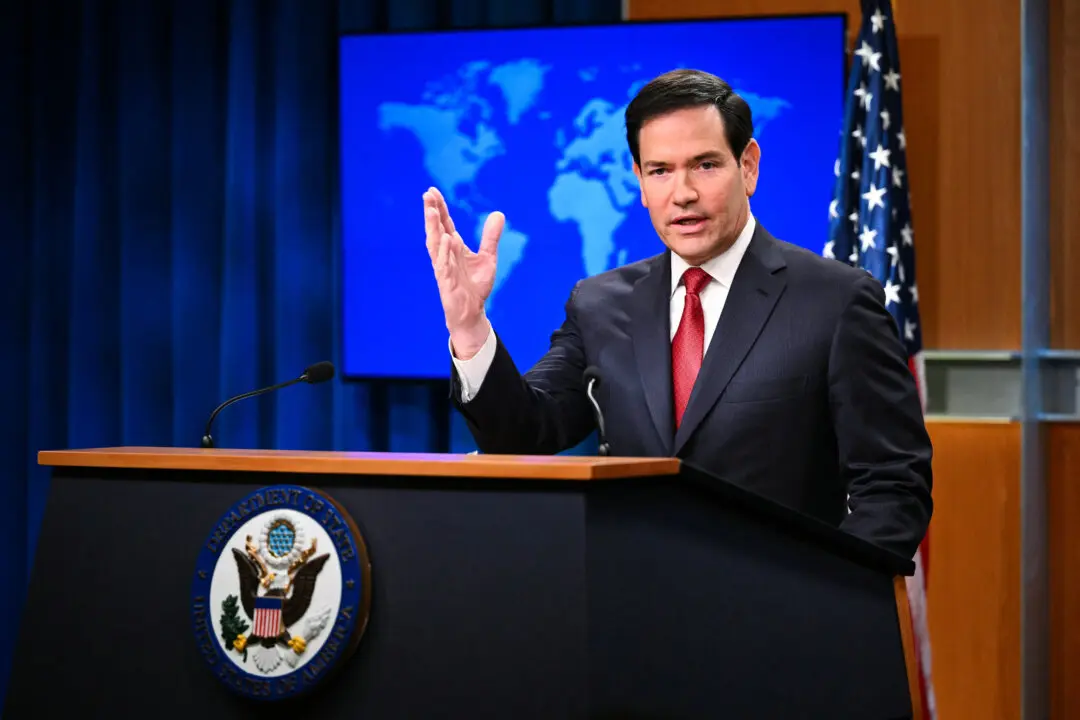The Japanese economy grew at an annual rate of 3.5 percent in its second quarter, up from the initial estimate of 2.2 percent, as consumer and business spending rebounded with the easing of COVID-19 restrictions.
The figure is above the median market projection of 2.9 percent growth. Japan’s gross domestic product (GDP) increased by 0.9 percent quarterly, up from 0.5 percent in the previous quarter, Kyodo News reported.





